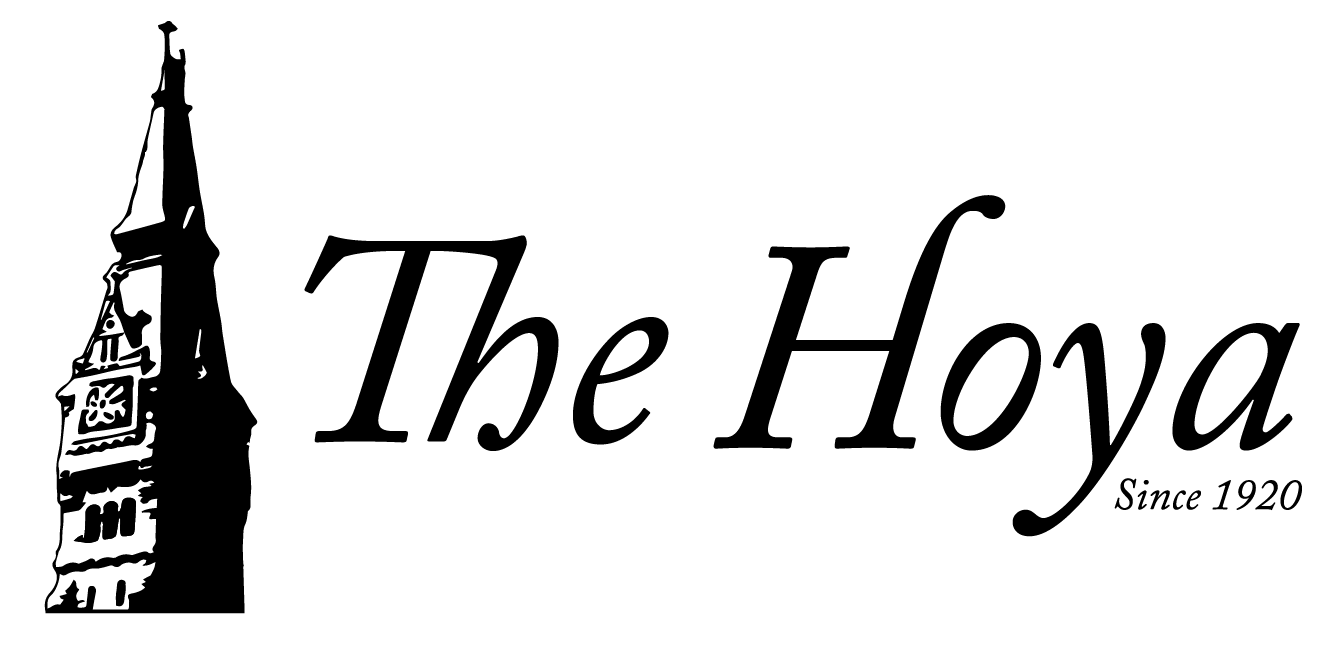Hoya Staff Writer Friday, August 25, 2006
The view from the Leavey Center office of Director of Student Organizations Martha Swanson has changed a lot in the past two decades when she first arrived on campus. In fact, back then her current office didn’t even exist. But despite the changing landscape and the passing generations, in the eyes of many with whom she has dealt, she remains a vital link between students and administrators. Swanson announced this summer that she will step down in June 2007, ending 23 years of service at the university. As the announcement of Swanson’s retirement has spread throughout campus, students have been quick to praise her professionally and personally, and muse about the future of the student organizations she oversees after her departure. “Georgetown is losing one of its best,” said Octavio Gonzalez (COL ’06), who served as chairman of the GUSA Student Assembly during the 2004-2005 academic year, and has worked closely with the Student Activities Commission, which Swanson oversees. In addition to leading SAC, Swanson works directly with the Senior Class Committee as the head of the Center for Student Programs. Many of the students Swanson has worked with on a daily basis find that her reputation often preceded her. “I was told by my predecessor that Martha is incredible to work with and that he was lucky to have gotten pretty close with her over the last year,” said SCC Chairmain Frank Balsamello (COL ’07), who also sits on THE HOYA’s editorial board. “Over the last few months, I’ve found that [to be] completely correct.”Her direct and refreshingly honest words are always helpful in moving towards the SCC’s goal and, at the same time, are usually pretty hilarious,” Balsamello said. From a blue chair flanked by stuffed bears, Swanson commented with pride Tuesday on the dozens of toys, pictures and stuffed animals around her office, saying they were left to her by students throughout her career. Swanson said that working with SAC and the SCC has allowed her to learn from two very different types of student groups, describing SAC as a very diverse and underappreciated group on campus that allows her to work with students. “It affects so much of campus and what the life of people on campus is like,” she said of SAC. “She seemed to be a Georgetown institution in her own right,” Gonzalez said. “She never seemed tired working with students. She hardly ever missed a SAC Meeting, which could often run well past midnight.” Several students pointed to Swanson’s knowledge of the Georgetown community to indicate why she became so popular among student leaders. Balsamello mentioned that Swanson’s experience has allowed him and other student leaders to successfully do battle with the Georgetown administrative bureaucracy. “Martha is amazing at navigating through a lot of the nonsense, and she does so for the sake of students,” he said. “Martha has ingrained herself in the hilltop,” Jerry Graunke (SFS ’07), who was worked with Swanson on both the junior and senior class committees, said. “Martha has made an unbelievable and very much appreciated commitment to the betterment of the Hilltop.” Swanson’s demeanor has made her a particularly valuable asset to students. “I think sometimes we are a little too serious for our own good,” Swanson said. “I went to a conference one time where a speaker said that there should be more play in the office.” Swanson said that the Georgetown she prepares to depart is quite different from the Georgetown she first met in 1984. Swanson said that Georgetown students have changed considerably. Swanson said that today’s college students, being the children and grandchildren of baby-boomers, are less independent than the first wave of students she encountered. “I think people who are 18-22 are younger than they were 20 years ago,” she said. By far, the largest social change that Swanson has seen over the past 22 years has been the relationship between students and alcohol. “People socialized quite a bit more on campus,” in 1984, she said. Swanson said that, before alcohol laws changed, seniors and underclassmen would routinely socialize together through campus events, and that the habits like “pre-game” binge drinking were not as common. “Alcohol is much more of a problem because people drink behind closed doors,” she said. Swanson said that she has seen the school change, too. “It’s quite different; the number of faculty and staff have increased, we have so many centers for this and that, there are a lot of night classes which make it harder to bring speakers.” She added, “It’s much more diverse.” The changes Swanson noted didn’t necessarily extend to the quality of the education at Georgetown. “I’m not sure if people are any smarter,” she added with a laugh.






